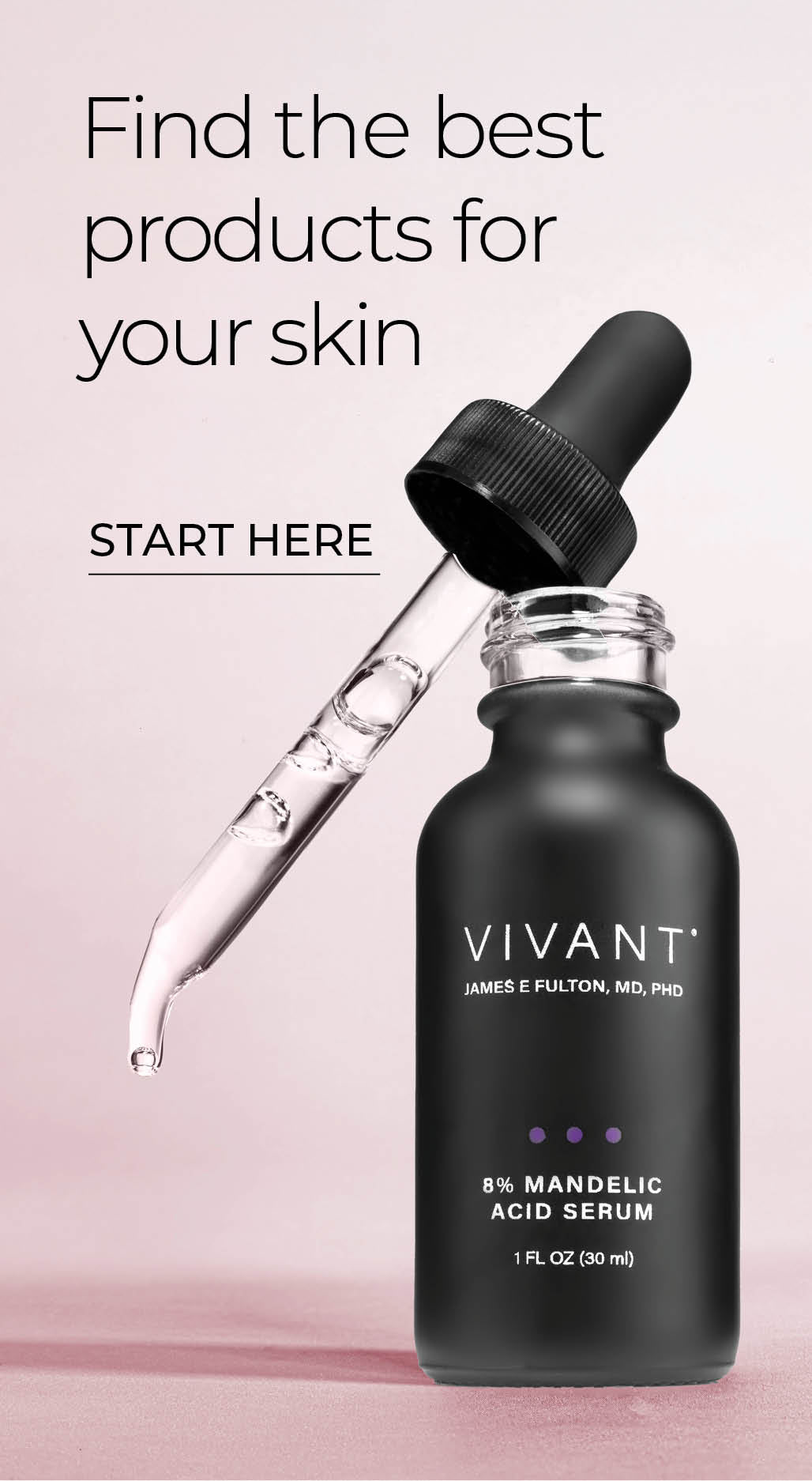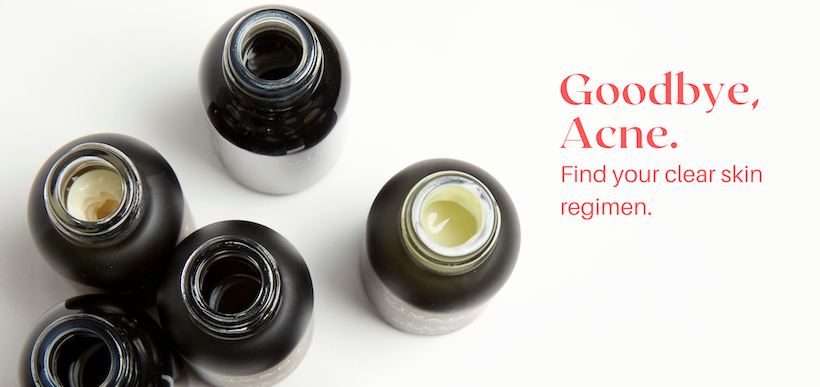6 Scary Sounding Ingredients That Are Anything But

Don’t judge an ingredient by the number of syllables in its name, or because the words are unfamiliar and odd sounding. Sometimes science can make things sound scary; even the most benign things can have absurdly frightening names. For example, the scientific name for the common dandelion is Taraxacum Erythrospermum. If you saw that on an ingredient list, it would probably raise an eyebrow. But there are few things less sinister than a fluffy white dandelion puff. Conversely, some things that sound perfectly wholesome can be hiding dark secrets. (Coconut oil’s chronic habit of clogging pores and exacerbating acne, for instance.) Here’s proof that some of the scariest sounding ingredients, can be your skin’s best friends.
Inositol
This less-than-natural-sounding nutrient is actually part of the vitamin B family and is crucial to the healthy maintenance of cell membranes. It regulates cell contents to allow effective function. Inositol helps cell membranes respond to their environment, including cells in skin and hair. It gives a cell strengthening boost to our mandelic acid serums and Spin Trap Antioxidant Serum.
Perfluorodecalin
It may sound like something you’d use to light your barbecue, but that couldn’t be further from the truth. This organic compound of carbon and fluorine has the ability to carry gases, especially oxygen. It’s used extensively in the medical world for things like creating artificial blood, organ storage, wound treatment, and for growing cell cultures. It is also widely used in the cosmetics industry for its ability to increase oxygen in the upper layers of the skin. We use it in in MaxiLip Lip Plumper to increase lip volume and promote a natural, rosy hue.
Sodium PCA
The PCA stands for pyrrolidone carboxylic acid, which makes it sound even worse, and yet this aberrant-sounding conglomeration of syllables represents one of the most prominent natural moisturizing factors (NMF) found in human skin. It’s synthesized in the lab and used in topical skin care to provide suppleness, aid in skin repair, and repel daily polluting aggressors such as smoke and UV rays. Find it in some of our mandelic acid formulas and our Algae Soft Mask.
Copper-Chlorophyllin
Toss this term out at an art opening, and someone may think you’re referring to the artist’s choice of paint medium. But this protective and reparative antioxidant is derived from chlorophyll, the element crucial to plant photosynthesis. It stimulates epithelial cell growth and cell regeneration and has been shown to be particularly effective in repairing photodamage. Find it in our Marine Skin Nourishing Cream and Algae Soft Mask.
Tocopherol Acetate
So many syllables winding up with the sinister-sounding suffix “ate” could send your spidey senses jumping. Relax. Tocopherol acetate is just the long way round to saying vitamin E. It doesn’t get more natural. This fat-soluble antioxidant is essential for healthy skin and provides protection against the sun’s ultraviolet rays. Along with vitamin C, it forms the base of our Spin Trap Antioxidant Serum.
Sulfur
Maybe it sounds more weird than scary, but sulfur is a natural mineral that fights bacteria and aids in shedding dead skin. Used for centuries to treat skin conditions including acne, psoriasis, eczema, and rosacea. Find it in our Sulfur Clay Mask, and don’t worry, it doesn’t smell.


Comments
Doesn’t the sulfur in “Sulfur Clay Mask” also immediately reduce the oil on the surface of the skin during and after it’s use, especially in acne at the end of acne treatments? I heard it’s beneficial to the acne regime used twice a week at home.